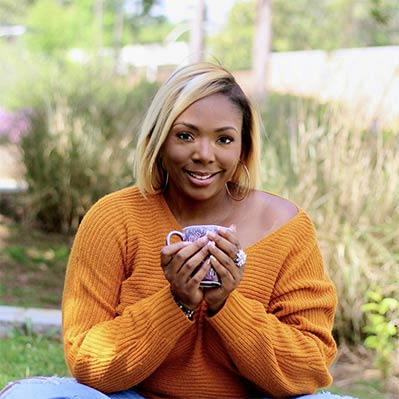The Daughter Trap: Taking Care of Mom and Dad…and You

As daughters we get caught in this trap, she says, because everyone assumes, that we will and can provide care for our aging parents. We’ve been acculturated to be nurturing, to take care of people. It’s traditional, a vestigial concept left over from when we lived on farms in extended families. But now, with 80+% of women working outside the home, it’s impractical and improbable to expect that a woman can just drop everything and add elder care to her responsibilities. Yet somehow, we manage it, at great personal cost.
Currently, twenty-five percent of Baby Boomers already have a senior parent living with them, and almost a third of American workers care for their parents. But what is rarely talked about is the fact that Boomer elder care responsibilities almost always fall to the daughters, who are also caught between the competing demands of a working spouse, school-aged kids and a full-time career.
Many adult children are thrown into the situation of care giving because of a medical health crisis of a loved one, essentially altering the family dynamics. While multi-generational families were commonplace a generation ago, our society has become more global, and such is not the case now.
Should we as adult children – especially as daughters — be responsible for our parents’care? Kennedy believes that we may have a moral obligation, but that we certainly don’t have a legal responsibility.
Instead, she says, we should all care, because we’re all paying the price. More than 15 million Baby Boomers already care for an elderly parent, and that number grows daily.
Indirectly, elder care already costs businesses some $33.6 billion a year in lost productivity and absenteeism. As we age and continue to live longer, that number can only go up. One of the startling fact made clear in this book is the economic impact of the care we provide: Services that families provide to elderly and disabled adults are estimated at $257 billion. If families stopped providing care it could potentially bring down our economic system.
Which give fuel to Kennedy’s contention that the daughter trap actually effects every one of us, whether we are affected as parents, spouses, siblings, children, co-workers – even friends, family and neighbors.
There is an entire constellation of people whose lives are touched directly or indirectly by the Caregiver and the elder. When something happens to a senior, things can get very serious, very fast, upsetting the delicate ecosystem that is our tightly scheduled life. The typical female Caregiver forfeits more than $659,000 in wealth by providing care for another.
In preparing to write this book, Kennedy interviewed 200 women who have been caring for their parents. In doing so she confirmed that the Caregiver trifecta is time, money, and emotional distress. The book makes clear that:
- The number one benefit caregivers want from employers is time—more flexible time, more comp time, more personal time to accommodate the unpredictable nature of elder care.
- On average, local caregivers spend $5,500 a year; long distance caregivers spend more than $8,700 supplementing seniors, to the detriment of the Boomers’ own Retirement savings.
- To a person, the women we interviewed felt that they were shortchanging everybody, and satisfying nobody by taking on the caregiving burden.
The thing that her interviewees wanted most was help. They feel like they’re doing it all alone…that the entire caregiving burden rests on their shoulders. They need help making things work for the extended family, not just the elder.
Her interviewees made it clear that the things they seek are actually pretty simple:
- The ability to come in to work a little later or leave a little earlier to speak to a doctor or attend an appointment.
- Affordable, safe helpers who can come in to cook and clean a day or two a week so parents can stay in their home.
- Someone who can tell them what to expect, and what resources are available to help them.
Read this book and you will come away with two take-aways:
- First, there are ways to get the whole family involved in elder care and lighten the load on us as women.
- Second, there are tons of new ideas and resources to help us age in place, from housing to health care, from social outlets to technology.
You’ll find the second half of the book – on solutions – extremely valuable. It makes the case that the solution to elder care can no longer rest just on our shoulders. The hugely valuable end chapters, advocating solutions, are titled:
- It Takes A Village – about Aging in Place, in our home communities
- It Takes A Company – about how our workplaces need to adjust to our needs as workers who have aging parents
- It Takes a Technology – about what technology is available to make Eldercare easier
- It Takes You – about how we can make life-stage planning as common as financial planning – and Laurel’s call to action. She advocates declaring a new American Revolution – a revolution of the spirit.
I’d call this book a “must read.”



























Already a Member? Login Here.
Not Yet a Member? Join the Conversation Today!